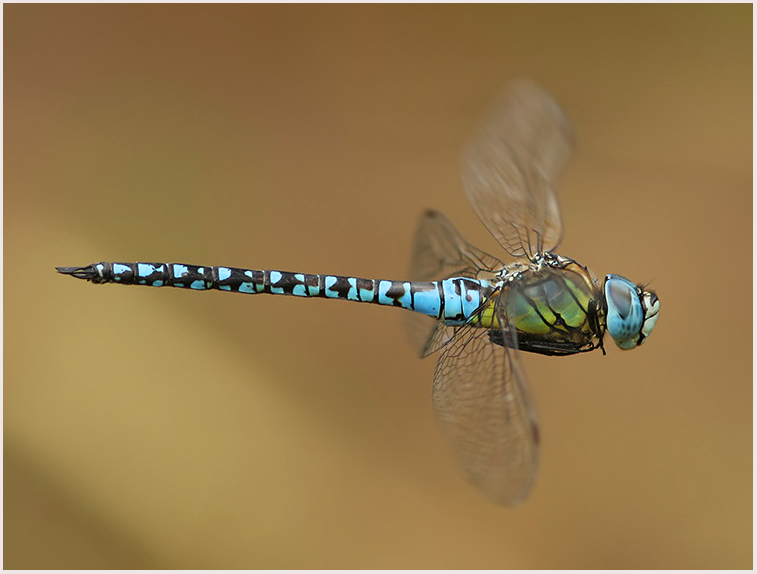
Photographing Dragonflies – top tips by a County Dragonfly Recorder
21/07/2023
Written by Marc Heath (Kent County Dragonfly Recorder)
For over ten years, I have been photographing the dragonflies and damselflies that live in the UK and have been proud to have had a number published in national magazines and identification guides. Whilst anyone can capture photos of these fascinating insects there are a number of criteria that I will discuss further to hopefully help and enable others to capture that perfect shot.
Equipment
With many cameras out there on the market, it really does come down to personal choice as to what you use. I personally use the Canon 7d mk ii along with a Canon f4 300mm lens for flight shots and species quite tricky to approach and the Sigma 150mm macro lens for close up work. Both lenses produce sharp quality images. Nearly all shots are handheld but occasionally I will use a monopod or tripod where necessary.
Settings
Again, every individual has their preferred settings but I use AV mode, ISO generally around 400, white balance set to cloudy as this produces a warmth to the shots. The exposure compensation varies depending on the light. Perched shots are taken using AI focus whereas flights shots are attempted using AI servo which tracks moving objects better. All my photos are taken using manual focus as I feel I have more control as sometimes autofocus locks onto the everything else other than the subject.
Fieldcraft
This is probably the single most important factor when photographing odonata and one that really does need your full attention. Some species allow a close approach whilst others you have to be very wary of as they spook easily. I personally do my homework with some species prior to the shots where necessary. Some will return to the same perch, hover in the near same space whilst others, you simply get one chance. I spent ages one session watching Norfolk and Southern Migrant Hawkers (two of the best species to capture in flight) flying up and down a ditch. I was able to work out where they paused to hover, and the height above the water, I made sure the sun was behind me and the background colour was quite pleasing. All of this information helped me prefocus in an area so that when they hovered, I was able to quickly take a burst of shots. Whilst some are always blurry (you never see these ones) there are always some that are sharper than others. For some shots, it’s a case of moving in slowly, not letting your shadow fall over the target, take a few shots and then move in slowly again. With practice, you will soon work out the species you really have to work with. For me, the Brown Hawker is almost an impossible task as they are so wary but just occasionally you get lucky. That’s the challenge I suppose of photographing these amazing insects. If it was easy, everyone would be doing it.
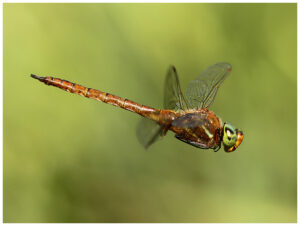
[Norfolk Hawker]
Time of Day
We always associate dragonflies and damselflies with warmth and sunshine which is of course correct but some of my best photo sessions have been on quite cloudy days. I like nothing better than getting out early to find perched specimens. It can be hard and wet work checking the long grasses and vegetation but if you find something, they aren’t going very far and allow time to get those desired shots. The same can be said for the end of the day when they go to roost when you can take time setting up and get plenty of photos. Photographing in the sun is generally good if behind you but can also burn out the colours I find in the shots. Those cloudy day really are worth getting out and looking for likely targets to photograph. I often speak to enthusiasts who only go out on sunny days. They are missing a trick here.
Shots, Shots and more Shots
The last point I want to make is simply to take as many photos as possible of your chosen subjects. There will always be one in a burst of shots which will be slightly sharper than the others. I took near on a thousand shots over a couple of weekends photographing Southern Migrant Hawkers in flight and whilst some were quite pleasing, there were a couple that just picked themselves. In a digital age you can just delete what you don’t want.
I have discussed what I feel are some of the important factors for being successful in photographing dragonflies and damselflies but every photographer is unique and will adapt these to their personal circumstances. What we can all agree on is that the more times you get out there with the camera, those shots become most definitely achievable.
Marc Heath
(BDS Kent Dragonfly Recorder)
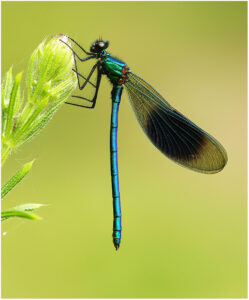
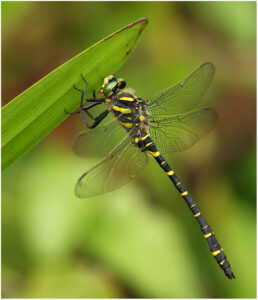
[Left: Banded Demoiselle. Right: Golden-ringed Dragonfly]
Feeling inspired? In celebration of our 40th birthday this year we have launched a photo competition. Enter for your chance to win £100 and feature in our calendar! Entries close on 31st August, click here for more information.
